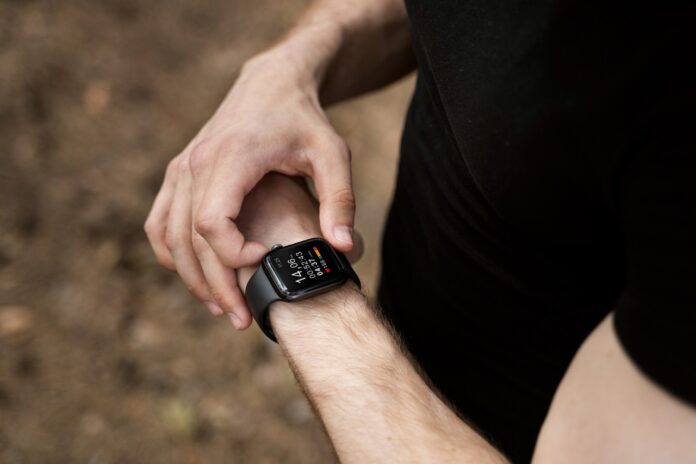Wearable devices are becoming more popular as a strategy for improving the detection and management of cardiovascular disease (CVD). Its availability and use have expanded over the last decade, particularly for health monitoring during the COVID-19 epidemic.
Fitness bands and smartwatches are examples of electronic items worn on or near the body with specialized sensors for monitoring a user’s physiology. They are frequently used to monitor heart rate, activity, and sleep. They can offer affordable methods for detecting cardiac arrhythmias, managing hypertension, and other clinical and lifestyle interventions.
According to a new study, only half of persons who wear wearable devices frequently have cardiovascular disease (CVD) or are at risk.
Wearable gadgets like Apple and Fitbit are growing more sophisticated in their abilities to track heart rates, physical activity, and sleep, as well as obtain electrocardiograms.
The population-based, nationally representative study included 9,303 Health Information National Trends Survey (HINTS) participants. Wearable devices were used by 18% of those with existing CVD and 26% of those at risk for CVD, compared to 29% of the general population.
Researchers said, “We are so used to seeing data that lives in the healthcare setting, but increasingly people in the community have access to these devices and technologies that can provide a very well-rounded set of data points that can inform their clinical care.”
Rohan Khera, MD, MS, the study’s senior author and director of the Cardiovascular Data Science (CarDS) Lab at Yale School of Medicine, questioned whether they could identify the users of these devices and what they might find if they focused on a specific population those suffering from cardiovascular diseases in their analysis.
These populations may have less access to these devices or are uncomfortable utilizing the technology because they have older ages, poorer educational attainment, and lower family incomes, all of which are significantly associated with reduced probabilities of wearing a wearable device.
Khera said, “The people who benefit the most tend to use them the least; I think part of it is awareness. People may not recognize the potential value of these devices to the health side, especially since the evidence for their value to health is still evolving. And the other piece is, of course, their cost and the fact that people with health disorders might have other costs to take care of, so these things may seem frivolous for them.”
People may need to understand the potential value these gadgets offer to the health side, especially as proof that their health value is constantly evolving. The second aspect is their cost and the fact that people with health conditions may have other costs to consider, so these things may appear frivolous to them.
The researcher identifies the barriers among those who could benefit from wearable devices but need to be using them. This leads the researchers to evaluate if methods to promote fair adoption should be implemented.
He suggests that if we increasingly recognize the health value of these devices, we should start having a societal debate about whether it should remain a concierge technology only for the wealthy or whether it should be considered a medical intervention and thus covered by insurance.
He said, “If we increasingly recognize the health worth of these devices, should we start having a societal debate about whether it remains a concierge technology only for the wealthy? Or do we start thinking about it as a medical intervention and therefore under the purview of insurance coverage and so forth?”
The conclusion shows that Wearable technologies can improve CV health. However, present usage patterns may result in inequities unless initiatives to promote fair adoption are introduced.
Journal Reference:
- Dhingra LS, Aminorroaya A, Oikonomou EK, et al. Use of Wearable Devices in Individuals With or at Risk for Cardiovascular Disease in the US. JAMA Network Open. DOI:10.1001/jamanetworkopen.2023.16634
